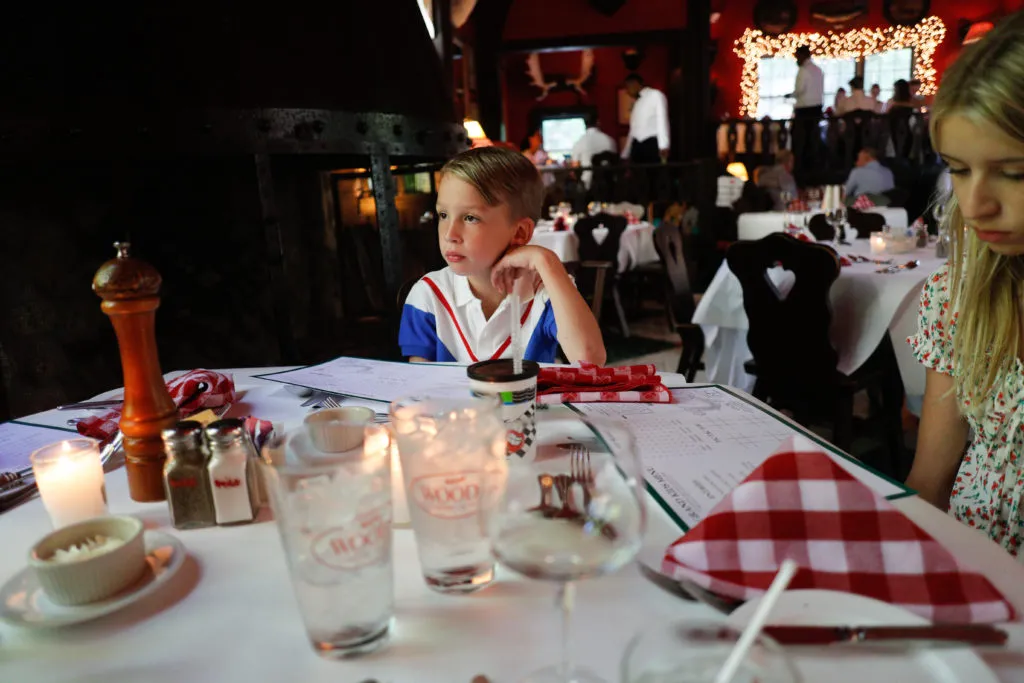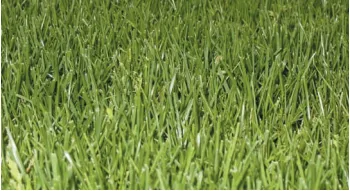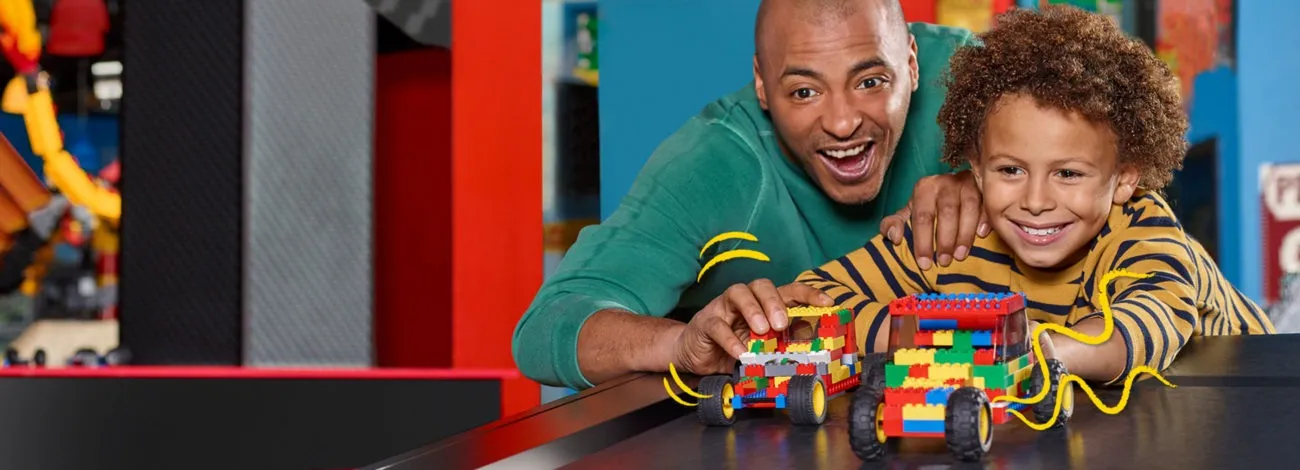Michigan’s diverse climate, with its cold winters and warm summers, presents unique challenges and opportunities for establishing and maintaining a healthy lawn. For homeowners, landscapers, and turf managers alike, knowing what type of grass does Michigan have that is best suited for these conditions is the first crucial step towards achieving vibrant, resilient turf. The right grass species can significantly impact the health, appearance, and required maintenance of your lawn, ensuring it thrives through the changing seasons. This guide delves into the most common and recommended turfgrass types for Michigan, informed by research and practical experience, to help you make an informed decision based on your specific site conditions and management goals.
Choosing the appropriate grass cultivar, well-adapted to Michigan’s environment, is paramount for optimal performance and reduced maintenance needs. Several key species are widely used across the state, each possessing distinct characteristics, site adaptations, and management requirements. Understanding these differences is key to selecting the best fit for your lawn, athletic field, golf course, or any other turf area.
Key Turfgrass Species Adapted to Michigan
Michigan’s climate favors cool-season grasses. Based on research and common practice, the following species are most frequently utilized and recommended: Kentucky bluegrass, perennial ryegrass, tall fescue, fine-leaf fescue, and creeping bentgrass. Rough bluegrass is also noted for specific niches.

Kentucky Bluegrass
Kentucky bluegrass is a cornerstone of many Michigan lawns due to its attractive appearance and ability to recover from damage.
- Characteristics: It forms a fine to medium-textured turf with a lush green to dark green color and good density. Its aggressive rhizomatous (underground stems) growth habit allows it to spread and fill in damaged areas, creating a dense sod.
- Adaptation: Thrives best in sunny to lightly shaded, well-drained, moist sites. It prefers neutral to slightly acidic soil with moderate to high fertility. Kentucky bluegrass exhibits rapid growth during cool, moist periods but can go dormant during hot, dry weather. Establishment from seed is slow, making sod a popular alternative for quicker results.
- Management: Requires medium to high management levels depending on the cultivar. It typically needs 2 to 6 pounds of nitrogen per 1,000 sq ft per season and 1 to 1.5 inches of water weekly during the growing season for peak quality. Recommended mowing height is 2 to 3 inches. Thatch buildup and insect/disease issues (like leaf spot or necrotic ring) can occur, especially with vigorous, highly fertilized stands. It’s ideal for lawns, athletic fields (due to recovery), and general turf. Blending two to four cultivars improves performance.
- Top Cultivars: (Based on MSU testing, see source for full list. Examples: Absolute, Midnight II, Rugby II, Award)

Rough Bluegrass
While less common for primary lawns, Rough Bluegrass fills a specific niche.
- Characteristics: Produces a light green turf. It has poor traffic tolerance and struggles in hot or dry conditions.
- Adaptation: Particularly well-suited for moist, shaded areas where other species like fine fescue might not persist.
Perennial Ryegrass
 A close-up view of healthy Perennial Ryegrass, one type of grass often considered when asking what type of grass does Michigan have.
A close-up view of healthy Perennial Ryegrass, one type of grass often considered when asking what type of grass does Michigan have.
Known for its rapid establishment, perennial ryegrass is often mixed with Kentucky bluegrass or used for quick cover.
- Characteristics: Possesses a fine texture, good density, and uniformity, resembling Kentucky bluegrass but establishes much faster. It has a bunch-type growth habit, meaning it expands in clumps rather than spreading widely via rhizomes or stolons.
- Adaptation: Prefers well-drained, moist, neutral to slightly acidic soil with medium to high fertility and requires full sun. It has poor tolerance for extreme heat, cold, or drought, performing best in milder cool environments.
- Management: Requires moderate to high management. Mowing height is 2 to 3 inches. Apply 2 to 6 pounds of nitrogen per 1,000 sq ft per season. Needs 1 to 1.5 inches of water weekly for active growth. Thatch isn’t usually an issue due to its bunch growth. Some cultivars are prone to diseases like red thread and pythium blight. Its recuperative ability is poor.
- Top Cultivars: (Examples: Amazing, Grand Slam, Pinnacle II)
Tall Fescue
Tall fescue is valued for its durability and lower maintenance needs in certain conditions.
- Characteristics: Has a medium-coarse to coarse texture and low density, growing in a bunch-type habit.
- Adaptation: Highly tolerant of low soil fertility and low maintenance regimes. It shows good insect (like European chafer) and disease tolerance in Michigan and can handle some shade. It’s useful in transition zones and even tolerates brief submersion.
- Management: Requires low to moderate management. Mowing height is 2 to 3.5 inches. Apply 2 to 3 pounds of nitrogen per 1,000 sq ft per season. It has excellent wear tolerance but poor recovery. Established tall fescue has good drought tolerance and often stays green through dry Michigan summers without irrigation. Young seedlings are cold-sensitive, but established stands tolerate most Michigan winters. Thatch isn’t a problem. Brown patch can occur during dry summers.
- Top Cultivars: (Examples: Avenger, Forte, Rebel Exeda)
Fine-leaf Fescue
 A patch of Fine-Leaf Fescue, ideal for specific conditions and another answer to what type of grass does Michigan have.
A patch of Fine-Leaf Fescue, ideal for specific conditions and another answer to what type of grass does Michigan have.
Where to Go After Las Vegas? Top Road Trips & Destinations
Fine fescues are excellent choices for challenging low-input areas, particularly shade and dry conditions.
- Characteristics: This group includes Creeping Red, Sheep, Chewings, and Hard Fescue. All have fine leaves, good density, and uniformity. Creeping Red Fescue spreads via rhizomes; the others are bunch-type. Colors range from medium to dark green (Creeping Red, Chewings) to blue-green (Sheep) or gray-green (Hard).
- Adaptation: Creeping Red, Chewings, and Hard Fescue are among the best grasses for dry, moderately shaded areas with infertile, acidic soil. They need well-drained, slightly dry conditions and minimal management. Often mixed with Kentucky bluegrass or perennial ryegrass for dry, shaded sites. Due to poor traffic tolerance, avoid use in high-traffic or athletic areas. Sheep fescue is common in landscape settings.
- Management: Requires low management. Mowing height is 2 to 3 inches. Avoid mowing during hot, dry weather. Apply 1 to 2 pounds of nitrogen per 1,000 sq ft per season as needed. Water only when necessary. Note: Creeping Red Fescue can develop thatch and disease in moist, high-fertility areas.
- Top Cultivars: (Examples: Chewings: Ambassador; Hard: Minotaur; Creeping Red: Eureka II; Sheep: Quatro)
Creeping Bentgrass
Primarily a specialty turfgrass, rarely recommended for home lawns in Michigan.
- Characteristics: Extremely fine texture, high density, and uniformity. Tolerant of very low mowing heights. Spreads aggressively via stolons (aboveground stems).
- Adaptation: Adapted to well-drained, moist, slightly acidic, fertile soil. Often grown on sand modified with organic matter. Thrives in full sun to light shade and tolerates cold but not drought.
- Management: Requires high management. Needs 4 to 8 pounds of nitrogen per 1,000 sq ft per season (varies by use). Requires frequent mowing, often maintained at 0.1 to 0.5 inches. Topdressing and fungicide applications are typically necessary for disease control. High maintenance costs and effort make it unsuitable for most Michigan homeowners; it’s primarily used on golf courses. If found in a home lawn, it’s often considered a weed.
- Top Cultivars: Refer to specialized guides for putting greens and golf turf ([internal_link] e.g., MSU Extension Bulletin E-2910).
Recommended Turfgrass Mixtures for Michigan
Using mixtures of different grass species can leverage the strengths of each type, creating turf that performs better under varying conditions within a single area.
- Kentucky Bluegrass and Fine-leaf Fescue: An 85-90% Kentucky bluegrass, 10-15% fine-leaf fescue mix is good for shady areas with low fertility, frequent moisture stress, or low management. Adding perennial ryegrass can further enhance performance.
- Kentucky Bluegrass and Perennial Ryegrass: Useful when quick cover is needed (aesthetics, erosion control), for summer seeding, or where Kentucky bluegrass alone struggles to establish without irrigation. Perennial ryegrass should ideally not exceed 50% of the mix by weight.
- Kentucky Bluegrass and Tall Fescue: Recommended for high-traffic or minimum-management areas. Tall fescue should be dominant (at least 80%). Maintain with low nitrogen fertilization; high fertility favors the bluegrass, leading to clumpy tall fescue patches. Common for playgrounds, parks, athletic fields, roadsides.
- Mixtures to Avoid: Steer clear of mixtures containing annual ryegrass, KY 31 tall fescue (coarse-leaf type), Linn perennial ryegrass, orchardgrass, redtop, or timothy, as these are generally poor turf quality for Michigan.
Choosing the Right Grass: Factors to Consider
When asking what type of grass does Michigan have that is right for your specific situation, consider these factors:
- Sunlight: Full sun, partial shade, or heavy shade? Fine fescues and rough bluegrass are best for shade; Kentucky bluegrass and perennial ryegrass need more sun.
- Soil Type & Drainage: Is your soil sandy, clay, well-drained, or prone to wetness? Fescues tolerate drier, less fertile soils; bentgrass needs specific fertile, moist conditions.
- Traffic: Will the area receive heavy foot traffic (kids, pets, sports)? Tall fescue and Kentucky bluegrass handle wear better than fine fescues or rough bluegrass.
- Desired Maintenance Level: How much time, effort, and money are you willing to invest in mowing, fertilizing, and watering? Fine fescues require low maintenance; Kentucky bluegrass and perennial ryegrass moderate-high; bentgrass is very high.
- Water Availability: Can you easily irrigate during dry periods? Tall fescue has good drought tolerance; bentgrass and perennial ryegrass do not.
-

Colorful interior view of LEGOLAND Discovery Center Michigan with various attractions
Frequently Asked Questions About Michigan Grass
- What type of grass does Michigan have that is best for shade? Fine-leaf fescues (especially Chewings and Creeping Red) and Rough Bluegrass are typically the best options for shady areas in Michigan.
- Is Kentucky 31 Tall Fescue suitable for Michigan? No, KY 31 is generally not recommended for Michigan lawns. It is a coarse-bladed forage type not suited for fine turf quality and is often included in mixtures to avoid.
- When is the best time to plant grass seed in Michigan? Late summer/early fall (late August to September) is generally considered the best time to seed cool-season grasses in Michigan, allowing roots to establish before winter. Spring seeding is also possible but requires more attention to watering and weed control.
Sources of Seed
Finding specific cultivars can sometimes be challenging. Referencing reputable local seed suppliers or agricultural extension resources ([external_link] e.g., MSU Extension) is always recommended.
In conclusion, the answer to what type of grass does Michigan have that is suitable for your property depends heavily on analyzing your specific site conditions and management preferences. By understanding the characteristics of the most common species – Kentucky bluegrass, perennial ryegrass, tall fescue, and fine-leaf fescue – and considering mixtures, you can select the optimal grass or blend to create a beautiful, functional, and sustainable lawn that thrives in the Michigan environment. Consulting with local turf experts or referring to university extension resources provides the most accurate and up-to-date information for your area.
